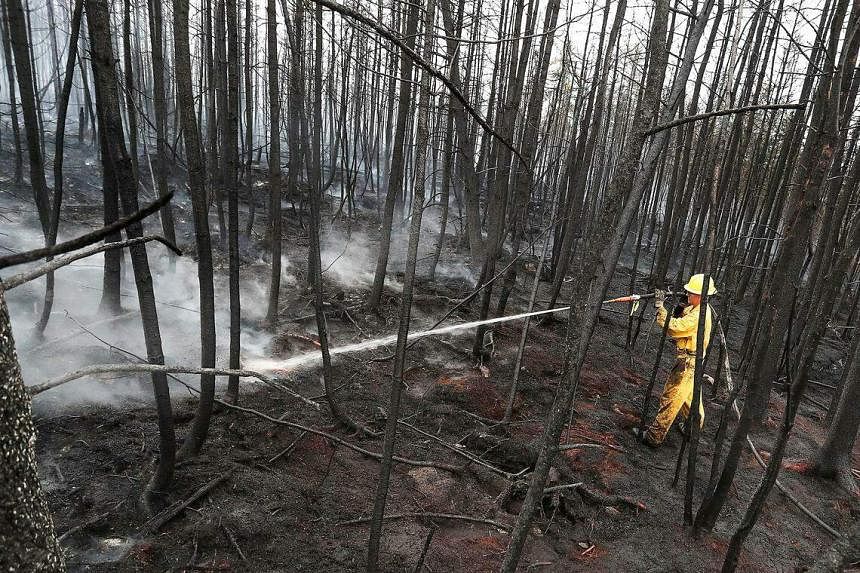Wildfire Preparedness Must Include Planning for Unhoused People
 |
| Unhoused people are particularly vulnerable during wildfires. Learn how we can support them in our preparedness and response plans |
The 2023 Canadian wildfire season has started with a bang. With more than 560 wildfires in Alberta and a state of emergency declared across the province, it’s clear that the impacts of climate change are intensifying the strength and frequency of wildfires in Canada.
One group that is particularly vulnerable during these disasters is the unhoused population. Enclosed shelter is paramount in reducing exposure to wildfire smoke, yet what happens to the nearly 35,000 unhoused Canadians on any given night who cannot easily evacuate or shelter indoors?
Research suggests that unhoused people are most vulnerable in disasters as they often do not have the ability to prepare or alleviate their risks. Many also have pre-existing health issues that can be worsened during disasters. These include substance use disorder, mental illness and chronic conditions. For people with a substance use disorder, there can be significant disruptions to accessing treatment medications and inequities in opioid-related deaths in communities vulnerable to disasters.
It’s crucial that wildfire preparedness and response plans include measures to support unhoused people and other vulnerable populations. By taking proactive steps to protect these groups, we can help mitigate the devastating impacts of wildfires on our communities.
In addition to providing shelter and support for unhoused people during disasters, there are other ways we can help. This includes advocating for policies that address the root causes of homelessness and supporting organizations that provide services to unhoused individuals.
By working together, we can ensure that everyone has access to the resources and support they need during times of crisis.